VMware continues to evolve the VMware vSAN solution, giving organizations even more storage options with their VMware vSAN configurations in a vSAN cluster. One of those options is the VMware vSAN direct capability as part of the vSAN data persistence platform in a vSAN cluster. While you can claim disks for your vSAN datastore, the vSAN data persistence platform allows companies to architect storage policies for modern stateful services that require local storage devices. The VMware vSAN Direct storage policies allow VI admins to do just that using the vSphere Client connected to vCenter Server. Let’s learn about VMware vSAN direct configuration and requirements to configure the solution.
VMware vSAN capabilities
We are all familiar with how vSAN clusters work today with vSAN. VMware vSAN provides data resiliency using locally attached storage devices that allow you to create vSAN storage policies in the vSAN cluster to provide storage capacity for your virtual machine storage objects.
VMware vSAN is an object storage technology that provides VM storage policy capabilities and allows you to create vSAN file services, and can provide storage for vSphere with Tanzu, among others. it does this again with local storage devices attached to a vSAN host. You can assign vSAN storage policy to your vSAN datastores which are made up of disk groups found in each vSAN host.
vSAN storage architecture
With VMware vSAN datastores, you have a cache tier and a capacity tier that work together to provide virtual machine storage objects storage policy and protect your VMs from host failures without any manual intervention.
With storage policy-based management, VI admins can create new VM storage policy objects for different types of workloads in the data center as part of their vSAN operations. During failure events, vSAN automatically performs data migration to protect the virtual machine obects.
Used in VMware Cloud
VMware believes in the vSAN solution so much that the VMware Cloud solution is built on top of vSAN clusters with each vSAN host contributing VMware Cloud storage with a disk group locally.
Using vSAN file services, you can also create vSAN file shares that allow VI admins to leverage the underlying direct attached storage policy with vSAN hosts and disk group configurations, benefiting from the resiliency of vSAN underlying direct attached storage policy.
Stretched clusters
VMware vSAN cluster configuration also provide the ability to create stretched clusters. A stretched clusters configuration allows creating separate sites where you have vSAN datastore hosts (data hosts) configured in two of the sites, and a witness appliance configured in the third site. VMware has also made it so you can use the same witness appliance for multiple stretched clusters.
What is vSAN Direct?
With VMware vSAN Direct, VI admins can add additional disks to their vSAN hosts for data persistence platform applications that allow businesses to run cloud-native applications on their vsan-based cluster.
VMware vSAN Direct uses unused disks that are not part of any existing vSAN disk group to create vSAN Direct disks that can be used for direct access from cloud-native applications requiring stateful storage.
vSAN Data Persistence Platform Data Placement
vSAN Data Persistence Platform (DPp) is a management framework that enables third-party vendors to integrate their cloud-native applications with the vSphere ecosystem, including lifecycle, storage, and others.
With vSAN Data Persistence Platform, the cloud-native apps themselves provide most if not all of the resiliency and availability solutions themselves, without reliance on native resiliency and availability constructs in other underlying solutions, including VMware vSphere and vSAN.
They often do their own erasure coding, sharding, RAID, and other data protection and data-duplication techniques. This brings to light important considerations when thinking about storage and other aspects of modern applications:
- There is no need to provide resiliency and availability at the infrastructure layer if the modern application is doing it already
- If there is a failure, how does the application handle the failure?
How vSAN Direct configuration works with vSAN Data persistence platform
vSAN Direct allows you to use a dedicated cluster for vSAN Data Persistence Platform services with a lot of storage available and direct access to the disks in the hosts. This allows businesses to offer TCO-optimized services for large, cheap & deep disks. It provides an almost S3-like storage solution. The direct path to the underlying storage provides near bare-metal performance characteristics of the underlying disks.
Another benefit is that you don’t have to use storage that is on the vSAN HCL as vSAN Direct storage can be found in the vSphere HCL instead, helping to ease the requirements of the vSAN Direct configuration. This aspect helps companies focus on disk space for modern stateful services while providing a high-performance data path for infrastructure operations.
VMware vSAN Directi is built from the ground up for cloud-native applications providing efficient I/O path characteristics and allowing modern applications direct access to the underlying disks. Each vSAN Direct disk is presented as its individual VMFS datastore in vCenter, and vSAN Data Persistence Platform uses the intelligent placement engine to interact with the application to place the replica disks on the appropriate vSAN Direct Datastores.
Data resiliency and Data availability are taken care of by the modern application
By extension, it helps to solve the data duplication and availability problem since vSAN Direct doesn’t have to make the data highly available at the infrastructure level. Instead, this is taken care of by providing access to disks without worrying about the virtual machines or other workloads on the vSAN cluster hosts.
vSAN Direct maintenance operations
What happens with vSAN Data Persistence platform and maintenance operations? When you need to place a host into maintenance mode for patching, what happens? If vSAN isn’t managing data replication, how does the application know the underlying direct attached storage is going away?
All vSphere lifecycle manager operations are hooked into the vSAN Data Persistence platform. It means when you place hosts in maintenance mode, vSphere tells the application that a node is going away and the application will need to make sure data is migrated to another storage location before the host is taken out of the mix.
A key concept to understand with this is that vSphere maintenance mode operations will wait for the application to say “I am ready for you to take the host away” before it places the vSAN cluster host into maintenance mode. This model helps to ensure the modern stateful services application is always in control of the operations and data migration.
vSAN cluster host failures
What happens though with unplanned host failures? Any failure events are also posted to the application in the vSAN data persistence platform. It allows the application to take charge on failing components over which it has purview as it does during planned maintenance operations.
Depending on the capabilities of the partner solution used in the vSAN data persistence platform, the VI admin can also proactively start repair operations from within the vCenter UI if the application becomes degraded.
VMware vSAN Direct Configuration and Requirements
First of all, what are the requirements for VMware vSAN Direct configuration?
- You need to have a vSAN Data Persistence platform
- Only vSAN Data Persistence Platform providers can consume vSAN Direct storage.
- You need to have unclaimed disks outside of your vSAN datastore disk groups
- You need to create a vSAN storage policy to take advantage of vSAN direct storage
VMware vSAN Direct configuration
Now, let’s see how to configure VMware vSAN Direct storage. First, you need to have a free disk that is outside of the vSAN cluster disk group providing storage for a vSAN cluster datastore.
Navigate to the configuration of your vSAN cluster > vSAN > disk management > Claim unused disks.
This will launch the Claim unused disks dialog. Make sure you set the disk to Do not claim on the vSAN tab. If the disk is earmarked for the vSAN side, it won’t appear in the vSAN Direct tab.
On the vSAN Direct tab, check the box for Claim for vSAN Direct. Once you have configured for vSAN Direct, click the Create button.
In the vCenter tasks, you will see the Create VMFS datastore task complete.
If you navigate to the Datastores menu for the particular host, you will see the new VMFS datastore created and mounted on the host. Under the Type column, you will see it display vSAN Direct.
Create a vSAN Direct Storage Policy
Now that we have created a vSAN Direct VMFS datastore, we need to create a new VM Storage Policy to take advantage of the new vSAN Direct datastore. Navigate to Policies and Profiles > VM Storage Policies > Create to begin the process to create a new VM Storage Policy for vSAN Direct.
On the Name and description page, configure a name for the new VM storage policy.
On the Policy structure select Enable tag based placement rules.
On the Tag-based placement screen, select the following:
- Tag category – vSANDirectStorage
- Usage option – Use storage tagged with
- Tags – <the name of the stage you created in the “Name and description” page
On the Storage compatibility screen, you should see any and all vSAN Direct VMFS datastores listed here.
Finally, Review and finish the vSAN Direct configuration by clicking Finish.
VMware vSAN Direct FAQs
- What is vSAN Direct? With vSAN direct you can add additional disks to their vSAN hosts for data persistence platform applications. It allows businesses to run cloud-native applications on their vSAN-based cluster. VMware vSAN Direct uses unused disks not part of any existing vSAN disk group to create vSAN Direct disks that can be used for direct access from cloud-native applications requiring stateful storage.
- What is vSAN Data Persistence Platform? vSAN Data Persistence Platform (DPp) is a management framework that enables third-party vendors to integrate their cloud-native applications with the vSphere ecosystem, including lifecycle, storage, and others
- How do you configure vSAN Direct? – You configure vSAN Direct by claiming unused disks in the vSAN cluster for vSAN Direct. Then you create a VM Storage Policy that uses tag-based placement for vSAN Direct workloads.
Wrapping Up
VMware vSAN Direct is a great new capability of VMware vSAN, allowing it to provide storage for modern stateful services that require data persistence. It is easily configured, and it allows organizations to have cheap and deep storage solutions as part of their vSAN services allowing applications to drive the operations for data resiliency and availability.
Read more about vSAN Direct here:

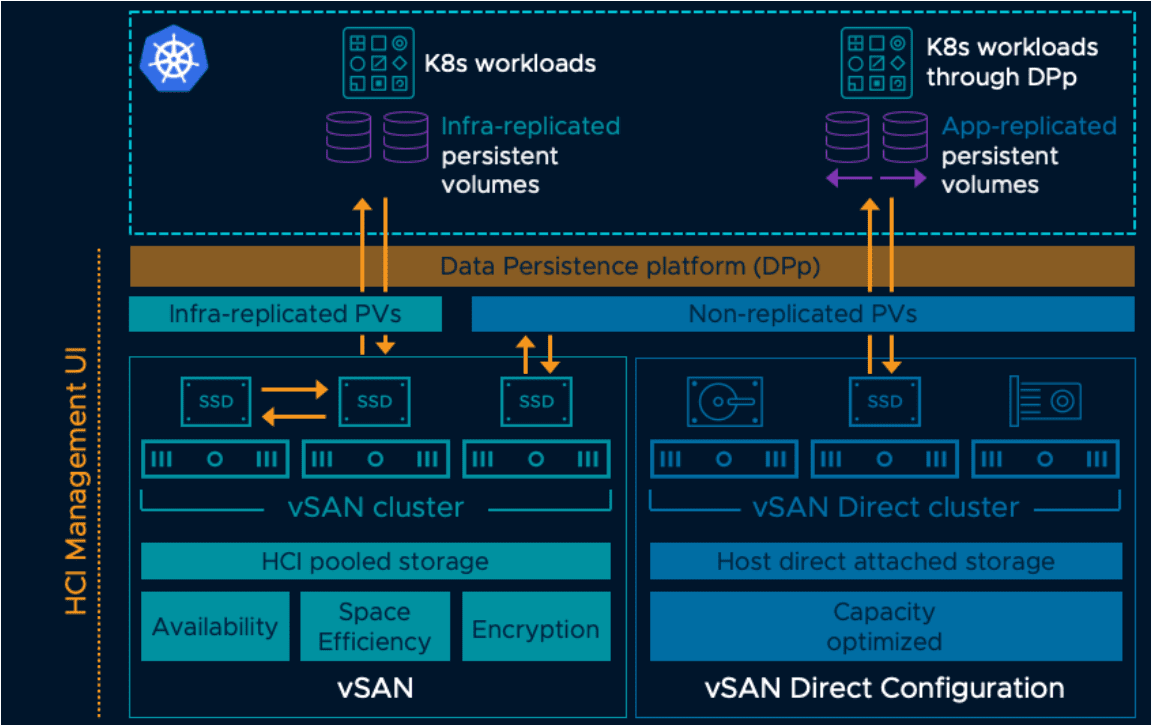
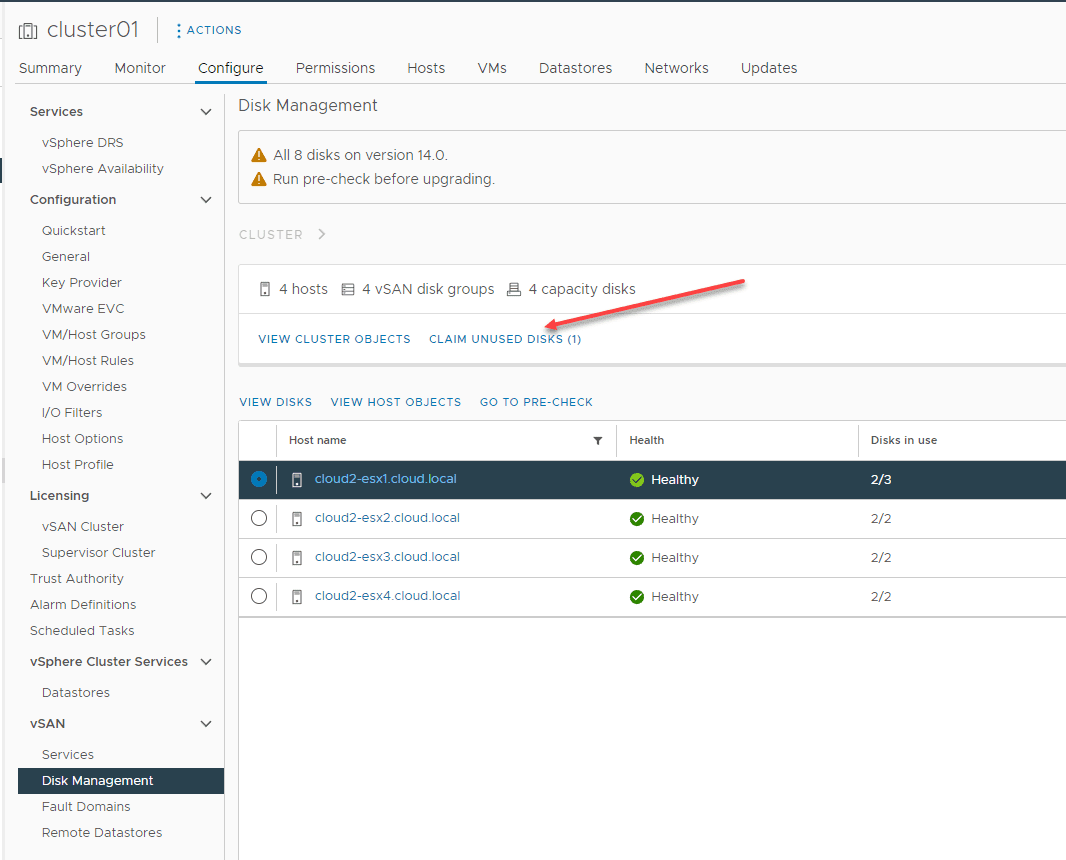
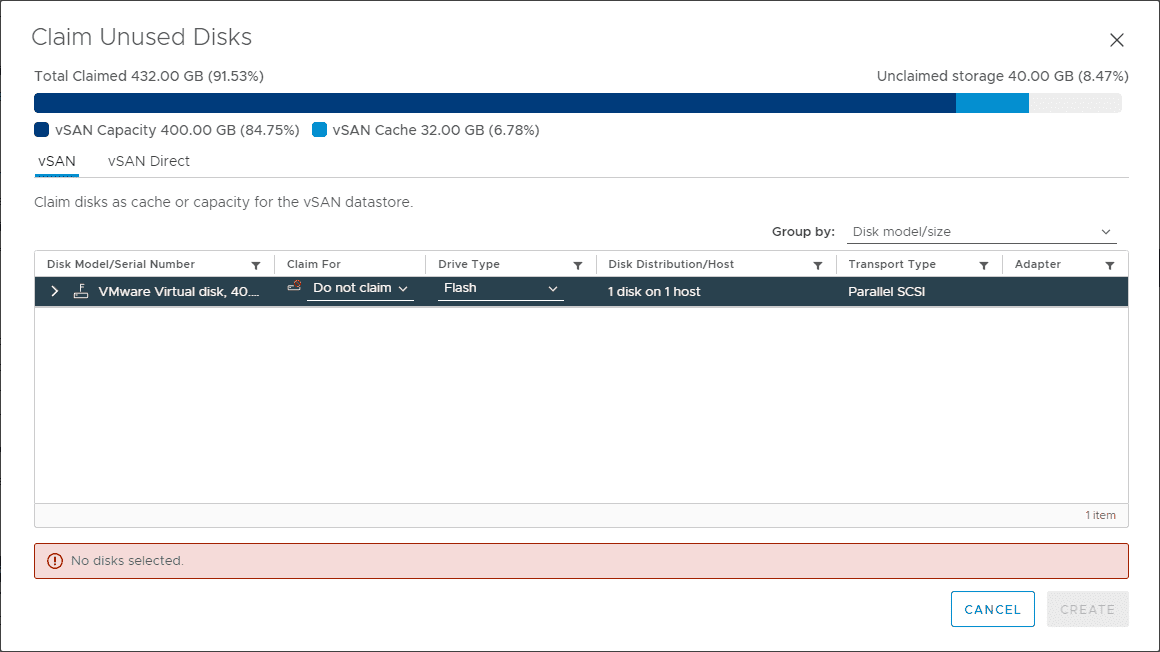
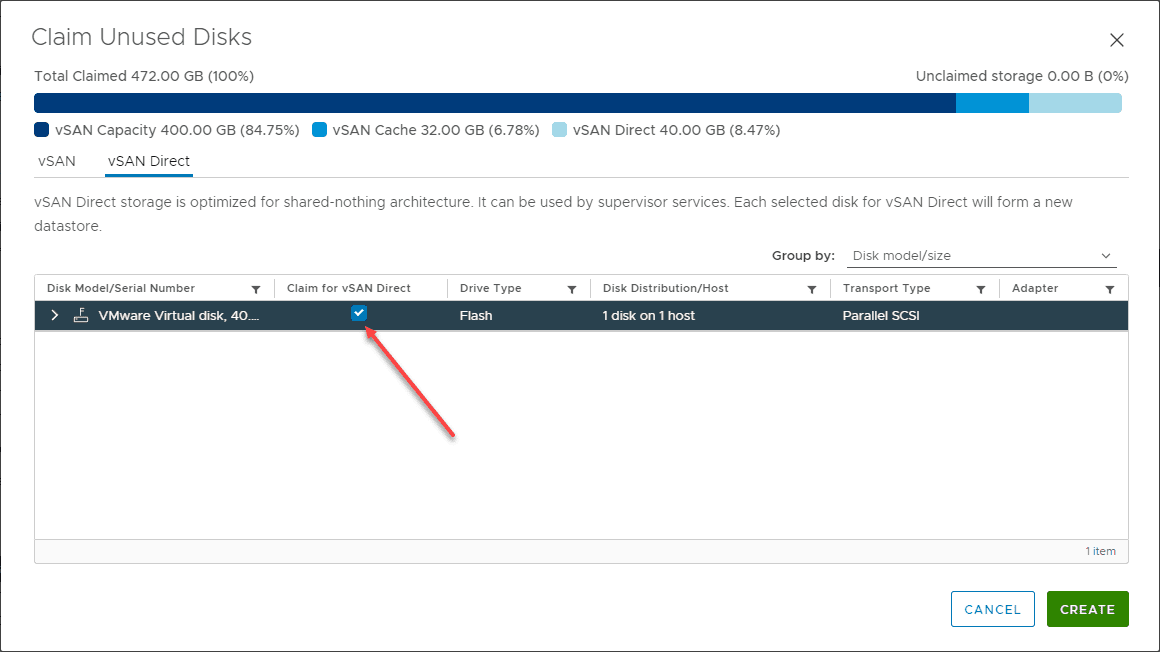


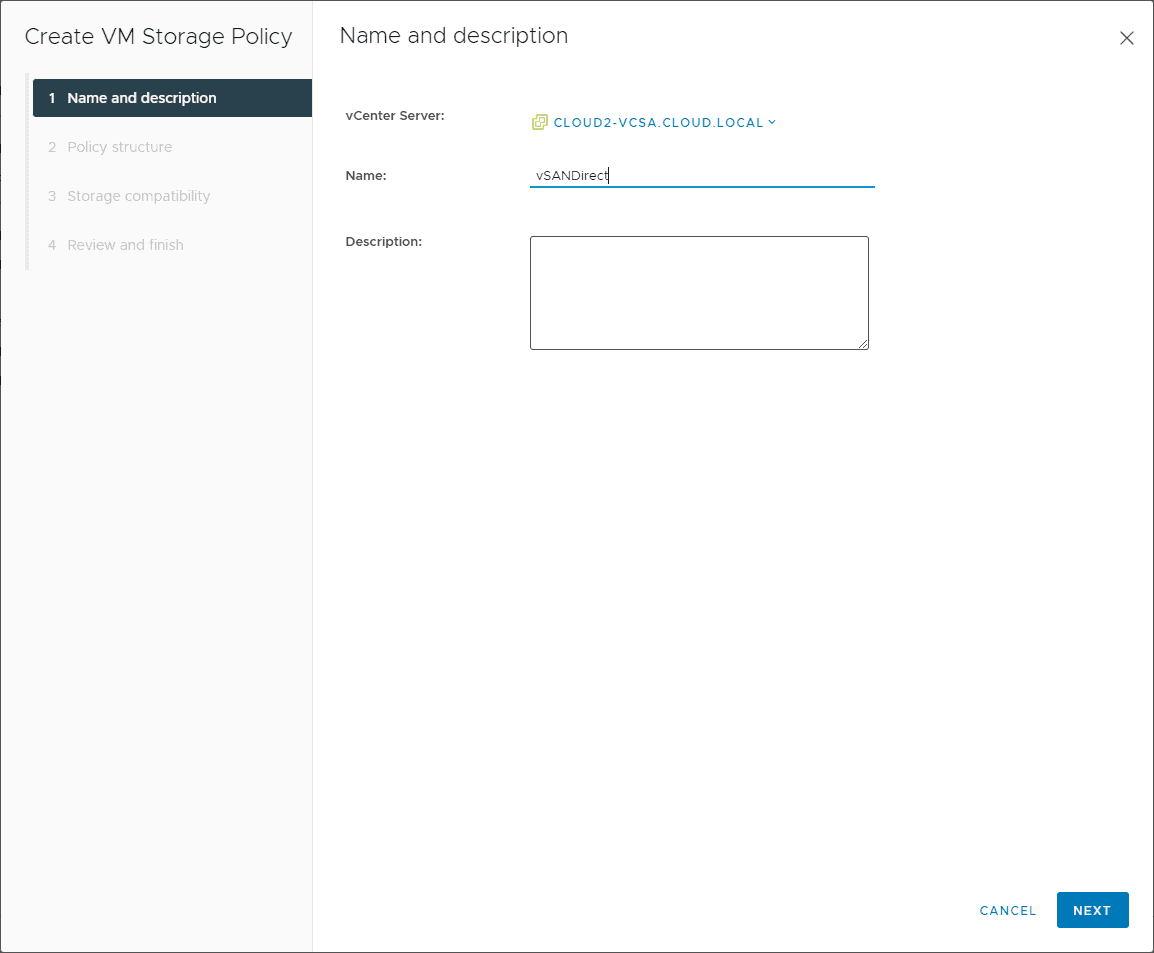
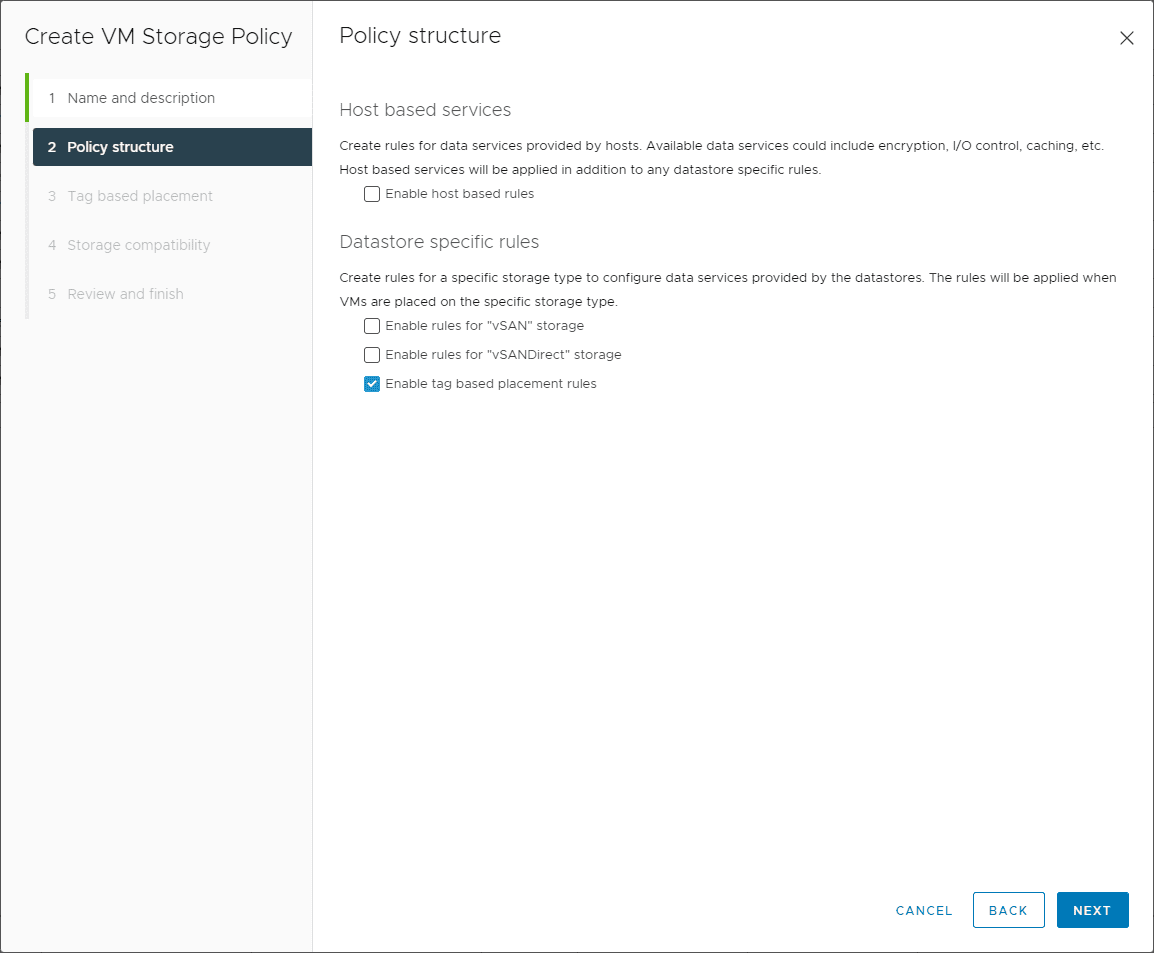
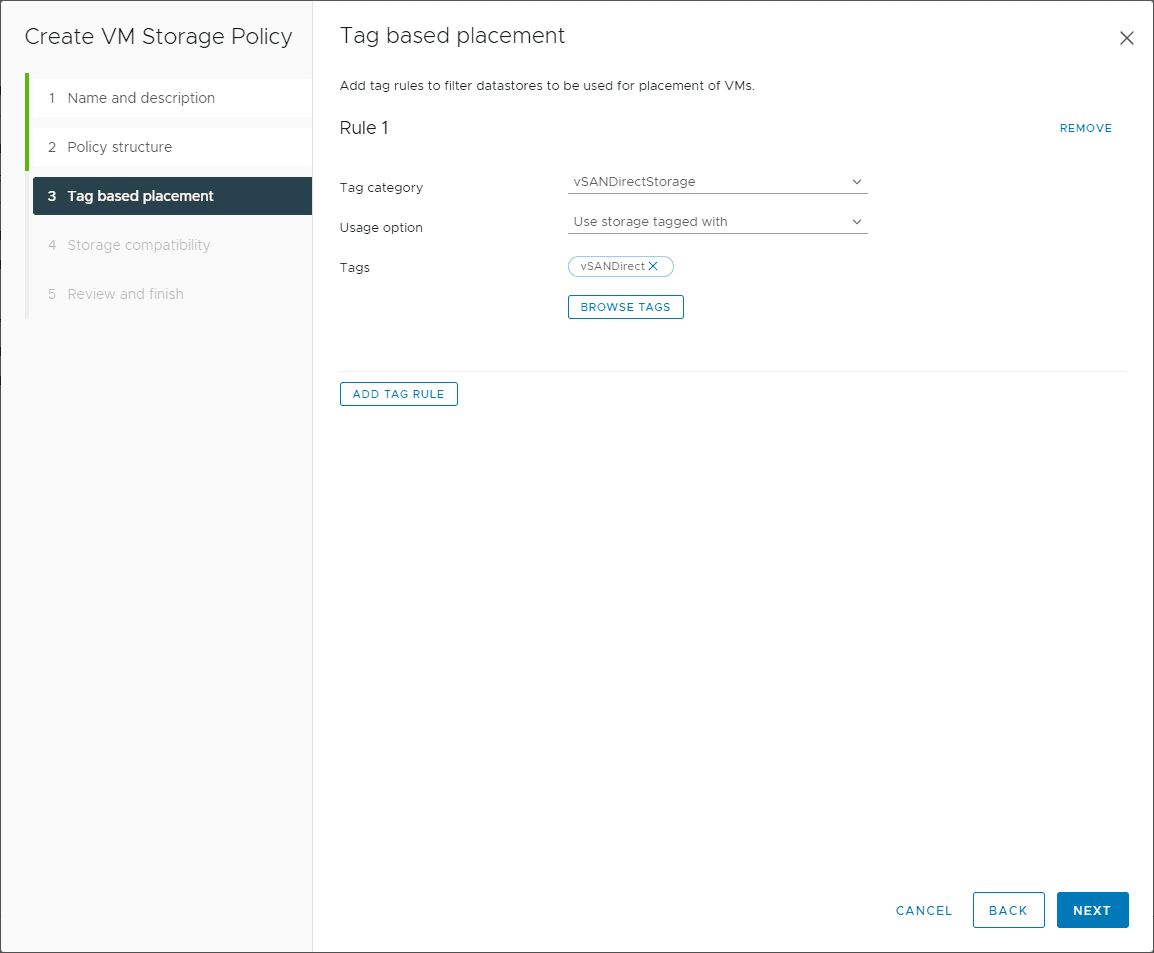
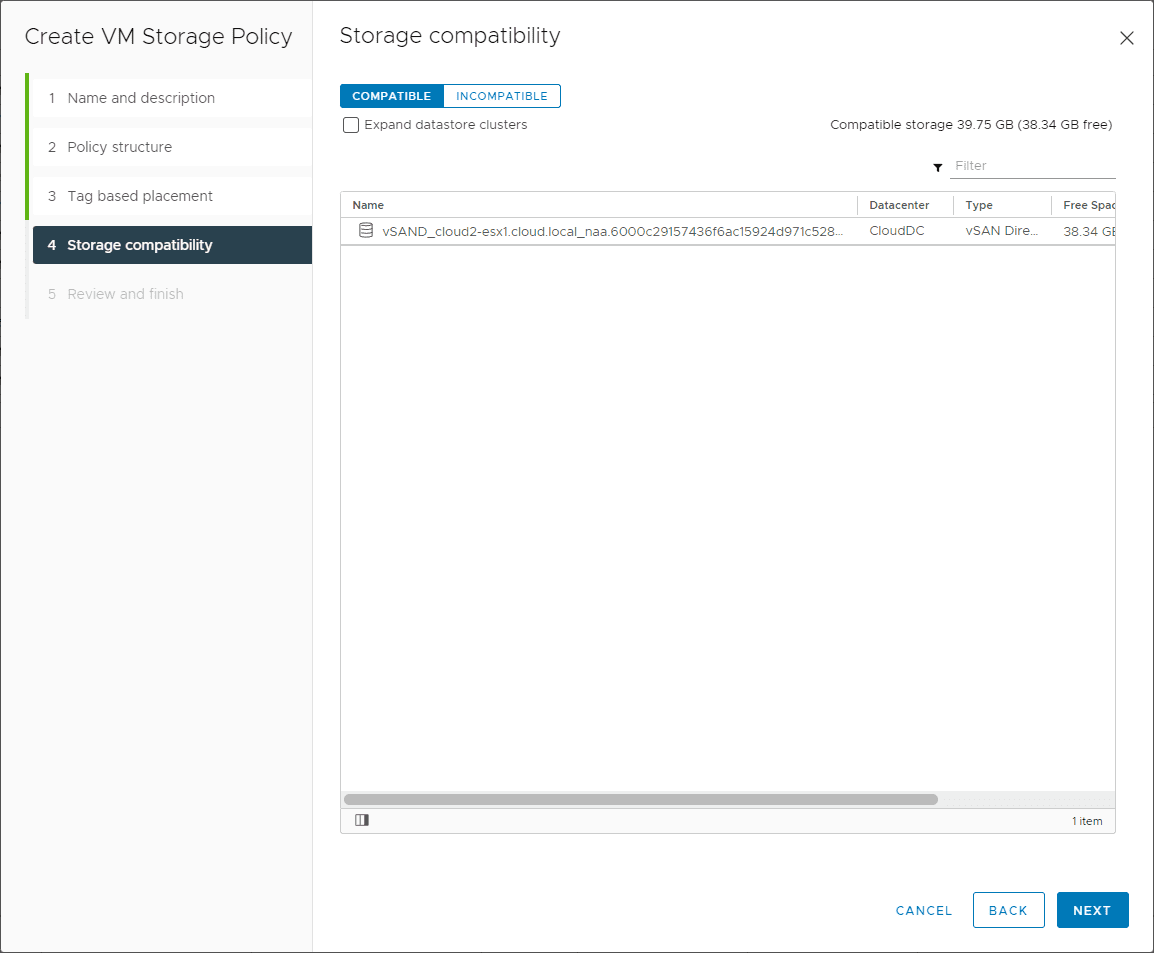
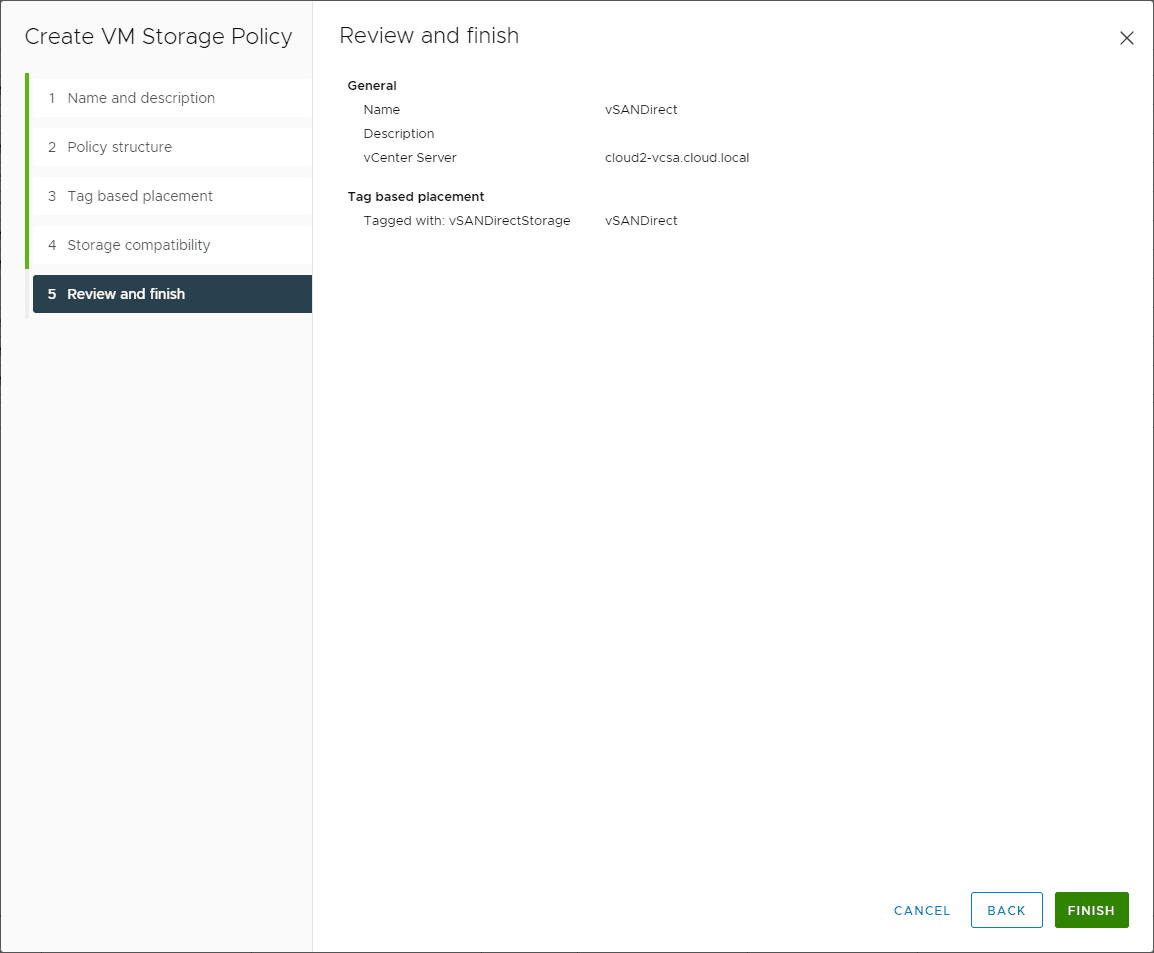
0 Comments